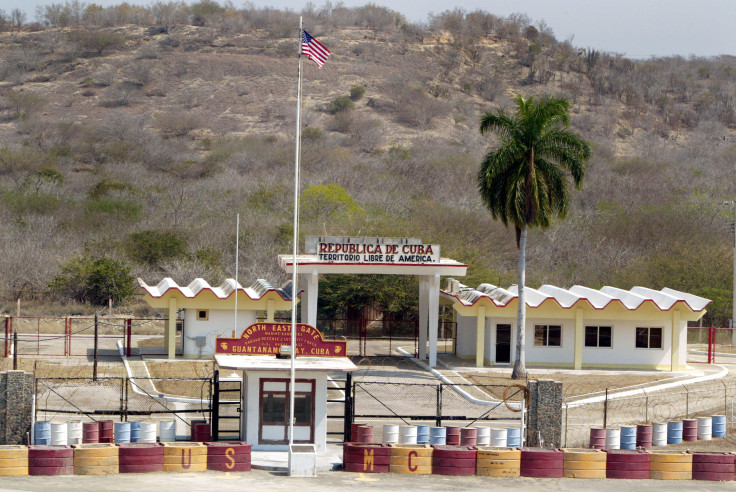
Immigration experts have long cited detention space as one of the biggest logistical challenges the Trump administration will face in its efforts to deport over 10 million undocumented immigrants. In fact, during his first two weeks back in the White House, hundreds of migrants had to be released due to lack of detention space.
In response, President Donald Trump has proposed various solutions, including a 30,000-person migrant detention center at Naval Station Guantánamo Bay—a move that some experts are flagging as very expensive "political theater."
International relations experts from the Niskanen Center analyzed the costs of operating a 30,000-person detention center in Guantánamo Bay, concluding that such a move would "waste billions of taxpayer dollars on an unnecessary and ineffective spectacle." The naval station is notorious for housing War on Terror detainees.
According to the political think tank, Guantánamo Bay is widely regarded as the "most expensive prison in the world" on a per-prisoner basis, with each detainee costing around $44 million per year. To obtain the estimate, the center used a financial report from 2019, in which the annual cost per prisoner was estimated to be $13 million, adjusting the price for inflation. Back then there were 40 prisoners at the facility, with the current figure being 15.
By comparison, the National Immigration Forum calculated that detaining migrants in domestic ICE facilities costs roughly $260 per migrant (adjusted for inflation) per day, or about $95,000 annually.
The elevated costs of detention in Guantanamo Bay are mostly due to its complete isolation from the Cuban economy, as the country's government considers the naval station an "illegal military occupation." Equipment, staff, and essential goods must all be imported from the U.S. mainland. Adding to the potential expenses: construction needs and legal proceedings.
Per the Global Detention Project, the naval station currently accommodates less than 1,000 people, meaning that authorities would have to construct space for more than 29,000 migrants. The construction of such space would require importing construction workers and materials. The Trump administration is already building a tent city in the premises to house migrants sent there.
When it comes to legal proceedings, legal staff would have to be flown in for hearings if detainees are granted access to due process and legal representation. "One-way charter flights alone cost $80,000," per the New York Times.
"Naval Station Guantánamo Bay is entirely dependent on imports from the U.S. mainland, making the cost of constructing, maintaining, staffing, and transporting migrants to the facility extraordinarily high. Additionally, as migrants from recalcitrant countries—those that refuse to accept deported nationals— could be stranded in detention for years, taxpayers could be forced to shoulder this financial burden indefinitely."
- Niskanen Center
While Trump's January executive order suggested that only "high-priority criminal aliens" would be sent to Guantanamo Bay, Department of Homeland Security (DHS) Secretary Kristi Noem recently announced the administration did not rule out sending undocumented immigrants who did not commit violent crimes.
The Niskanen Center argues that using Guantánamo Bay for migrant detention is neither a last resort nor a necessity but rather a costly and ineffective policy choice. The think tank highlighted how the U.S. already has the world's largest immigration detention system and is expanding its capacity. Additionally, the Trump administration has made diplomatic progress in repatriating deportees, demonstrating that diplomatic efforts remain a viable alternative.
"There is no practical justification for offshoring detainees when existing tools can achieve the same goals more efficiently and at a lower cost," the analysis states.
© 2025 Latin Times. All rights reserved. Do not reproduce without permission.






